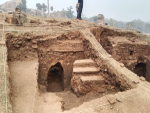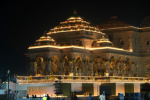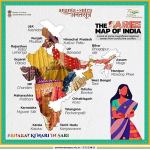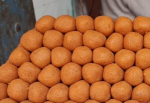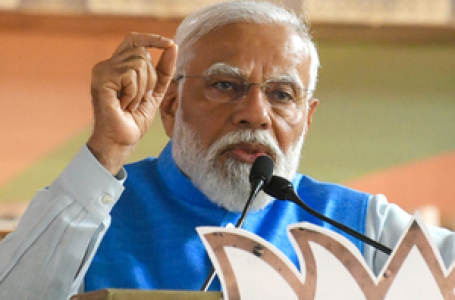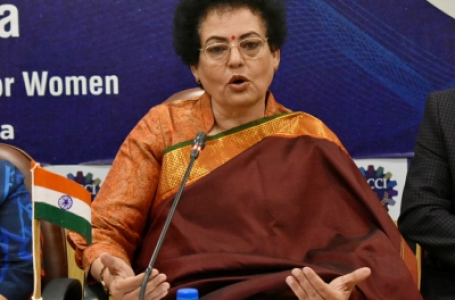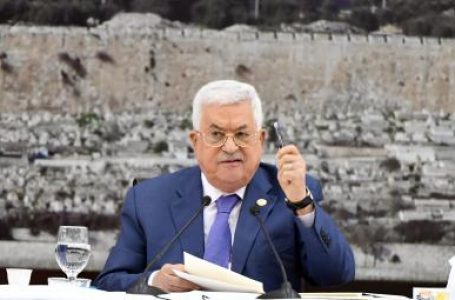By Siddhi Jain
Dec 18, 2020
New Delhi: Set to explore 5,000 years of Iranian art, design and culture, and bring together over 300 objects from ancient, Islamic and contemporary Iran, ‘Epic Iran’, a major exhibition presenting an overarching narrative of Iran from 3000 BC to the present day, will open at V&A Museum early next year.
Iran was home to one of the great historic civilisations, yet its monumental artistic achievements remain unknown to many. Epic Iran will explore this civilisation and the country’s journey into the 21st century, from the earliest known writing — signalling the beginning of history in Iran — through to the 1979 Revolution and beyond. Opening February 2021, ‘Epic Iran’ is organised by the V&A with the Iran Heritage Foundation in association with The Sarikhani Collection.
Ranging from sculpture, ceramics and carpets, to textiles, photography and film, works will reflect the country’s vibrant historic culture, architectural splendours, the abundance of myth, poetry and tradition that have been central to Iranian identity for millennia, and the evolving, self-renewing culture evident today. According to the organisers, the exhibition will offer a fresh perspective on a country that is “so often seen through a different lens in the news”.
Epic Iran will feature ten sections set within an immersive design that will transport visitors to a city, complete with gatehouse, gardens, palace, and library.
The first section introduces the Land of Iran with striking imagery of the country’s dramatic and varied landscapes. Beginning at the dawn of history in 3200 BC, marked by the earliest known writing, Emerging Iran will show that even before the rise of the Persian Empire, Iran’s rich civilisation rivalled those of Egypt and Mesopotamia. The Persian Empire will span the Achaemenid period, starting in 550 BC when Cyrus the Great was crowned king of the Medes and Persians, uniting Iran politically for the first time.
The fourth section, Last of the Ancient Empires, will cover a period of dynastic change with Alexander the Great overthrowing the Persian Empire in 331 BC. The Greeks were quickly replaced by the Parthians, who were in turn defeated by the Sasanians. 400 years of stable reign followed: Zoroastrianism became the state faith and strong art and architecture traditions developed, with the Sasanian style enduring long beyond the dynasty’s fall.
The fifth section, The Book of Kings, is a prelude to the sections devoted to Islamic Iran. It shows how Iran’s long history before the coming of Islam was understood in later centuries — primarily through the Shahnameh, or Book of Kings, which is the world’s greatest epic poem, completed by the poet Firdowsi around AD 1010.
Change of Faith will explore the place of Islam in Iranian culture in the millennium and more that followed the Arab conquest in the mid-seventh century AD. Arabic became the common language of intellectual life in the country, while the art of calligraphy in the Arabic script became highly developed and an important element in Iranian design.
Charting the rise of Persian poetry, Literary Excellence will reveal how — from the tenth century AD — Persian written in the Arabic script emerged as a literary language in the royal courts of eastern Iran. Featuring rich material from the thirteenth century AD onwards, Royal Patronage will demonstrate how Iranian traditions of kingship were reborn after Islam, with the return of royal customs like robes of honour, the creation of lavish art and architecture, and an insight into internationalism as a two-way exchange. The Old and the New will explore how the Qajar dynasty looked back to their predecessors to legitimise their power, whilst also seeking to modernise and scope out new relationships with Europe. The introduction of photography in Iran in the mid-1800s had a profound effect on the way Iranians represented themselves. The final part of the section will look at how Iranian craftsmen sought new markets for their skills in the 1880s.
Tim Stanley, co-curator of Epic Iran said: “This exhibition offers a rare opportunity to look at Iran as a single civilisation over 5,000 years. Objects and expertise have come together to tell one of the world’s great stories in art, design and culture.”
Bridging the 1940s to the present day, the final section Modern and Contemporary Iran will cover a period of dynamic social and political change in Iran, encompassing increased international travel as well as political dissent, the Islamic Revolution, the Iran-Iraq War, and the establishment of the Islamic Republic.IANS







